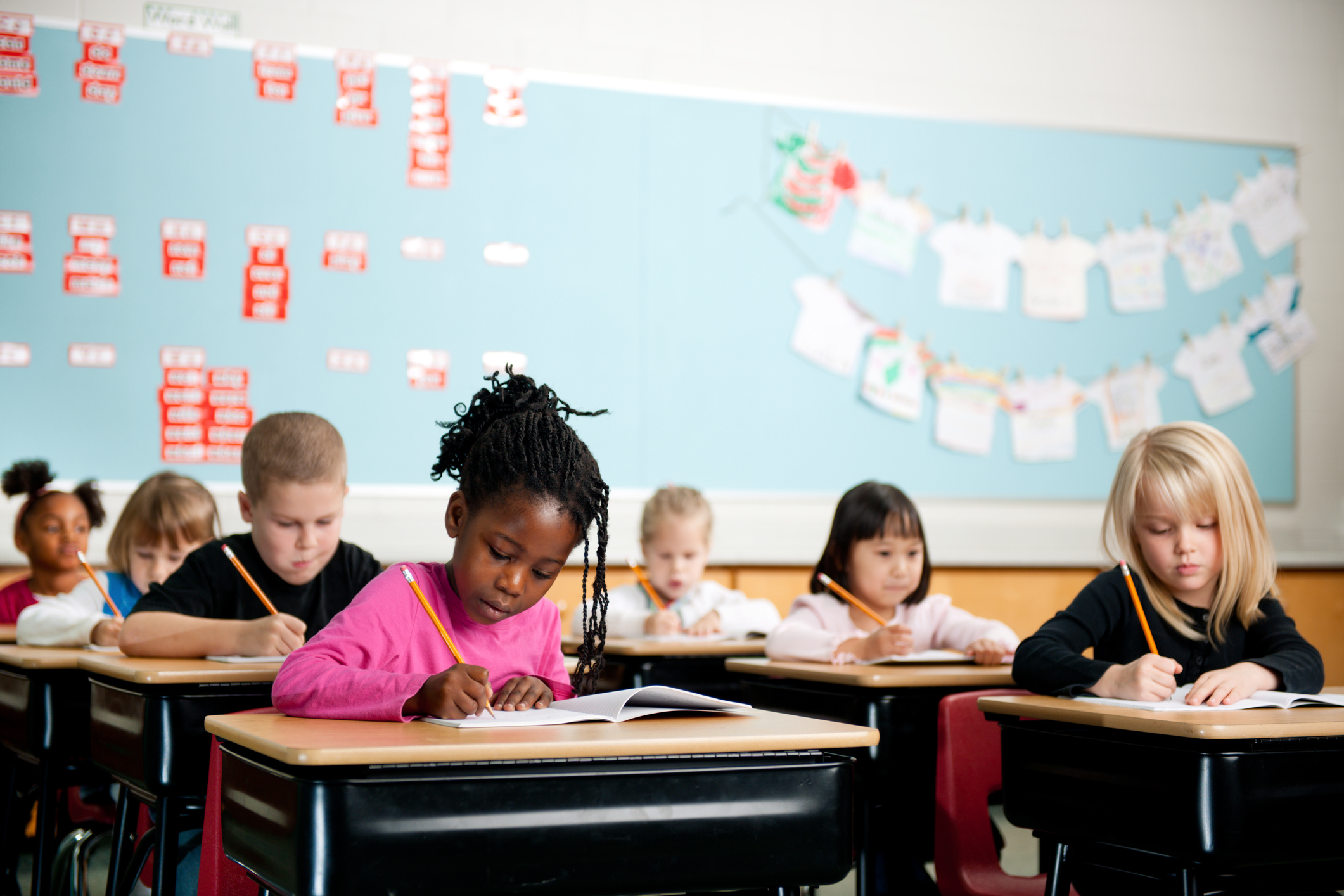The Synergy of Collaboration: How Educational Publishers and Printing Companies Enhance Learning Materials
Read Time 2 mins

Collaboration is a powerful force that drives innovation and excellence in various industries, and the field of education is no exception. In this blog post, we will explore the dynamic partnership between educational publishers and printing companies and how their collaboration enhances the creation of high-quality learning materials.
-
Understanding the Roles: Educational publishers play a crucial role in content creation, curriculum development, and pedagogical expertise. They have subject matter experts, instructional designers, and editors who work together to develop comprehensive educational resources. Printing companies, on the other hand, bring technical expertise, production capabilities, and distribution channels to the table. By combining their strengths, publishers and printing companies create a powerful team capable of producing effective learning materials.
-
Integrating Traditional and Digital Solutions: In today's digital age, educational materials exist in various formats, from traditional printed textbooks to interactive e-books and online learning platforms. The collaboration between publishers and printing companies allows for the seamless integration of these formats. For example, publishers can create digital content that complements printed materials, providing interactive exercises, multimedia elements, and access to supplementary resources. The printing companies ensure that the digital content is accurately reproduced in print, maintaining a cohesive learning experience across platforms.
-
Streamlining the Production Process: Efficient production processes are essential to meet tight deadlines and ensure high-quality materials. Publishers and printing companies work closely together to streamline the production process. This involves coordinating timelines, managing revisions, and optimizing the workflow. By leveraging technology and effective communication, they can ensure that the materials are delivered on time and adhere to the required specifications.
-
Tailoring Materials to Unique Needs: Every educational institution and learner has unique requirements. Publisher-printer collaborations enable customization of learning materials to meet these diverse needs. For instance, printing companies can incorporate variable printing capabilities, allowing publishers to create personalized textbooks with individualized content. Additionally, materials can be adapted to different curricula, languages, and learning styles, ensuring that educators and learners have resources tailored.
-
Ensuring Visual Appeal: Educational materials should not only be informative but also visually appealing. The creative expertise of educational publishers, combined with the printing capabilities of specialized companies, allows for the creation of visually engaging materials. Publishers can collaborate with graphic designers and illustrators to develop captivating visuals, while printing companies ensure that the colors, layouts, and print quality are accurately reproduced. The result is aesthetically pleasing materials that stimulate learners' engagement and enhance the overall learning experience.
-
Meeting Quality Standards: Maintaining high-quality standards is crucial in educational publishing. Publisher-printer collaborations prioritize quality control measures throughout the production process. This involves rigorous proofreading, editing, and fact-checking to ensure accuracy and adherence to educational standards. Printing companies contribute by employing advanced printing technologies, conducting quality checks at various stages, and ensuring durability and longevity of the materials. The partnership between publishers and printing companies ensures that the final products meet the highest quality standards.
In conclusion, the collaboration between educational publishers and printing companies is a dynamic and fruitful partnership that enhances the creation of high-quality learning materials. By leveraging their respective expertise and embracing technological advancements, these collaborations play a crucial role in shaping the future of education. From integrating traditional and digital solutions to customizing materials, ensuring visual appeal, and meeting quality standards, the synergy between publishers and printing companies paves the way for innovative and engaging educational resources. Together, they empower educators and learners with the tools they need to succeed in a rapidly evolving educational landscape. As this partnership continues to evolve, we can anticipate even greater advancements in educational publishing, further enriching the teaching and learning experience for all.

